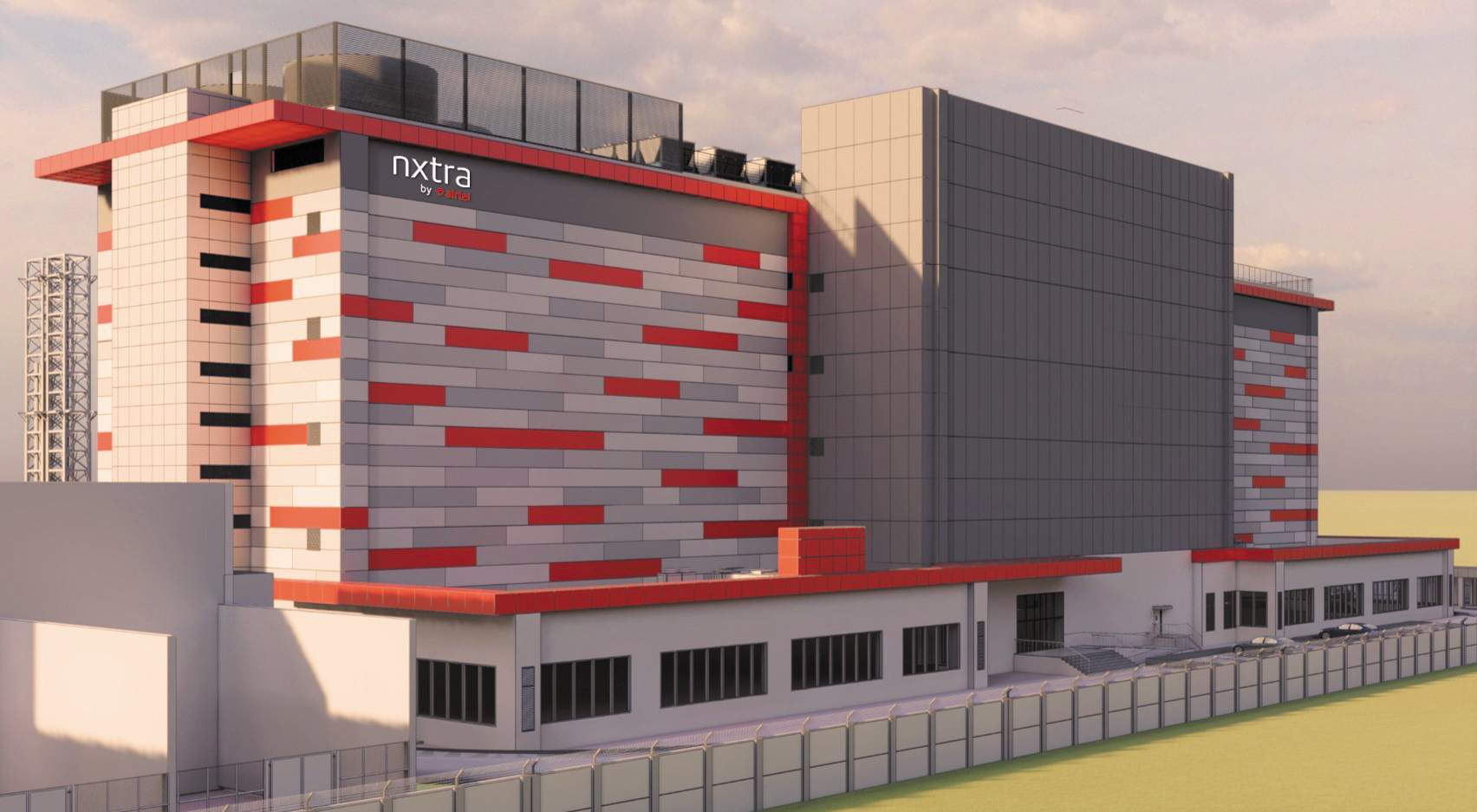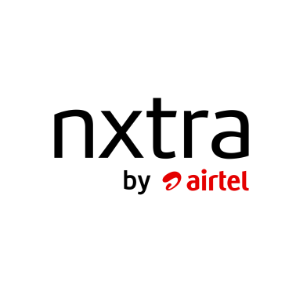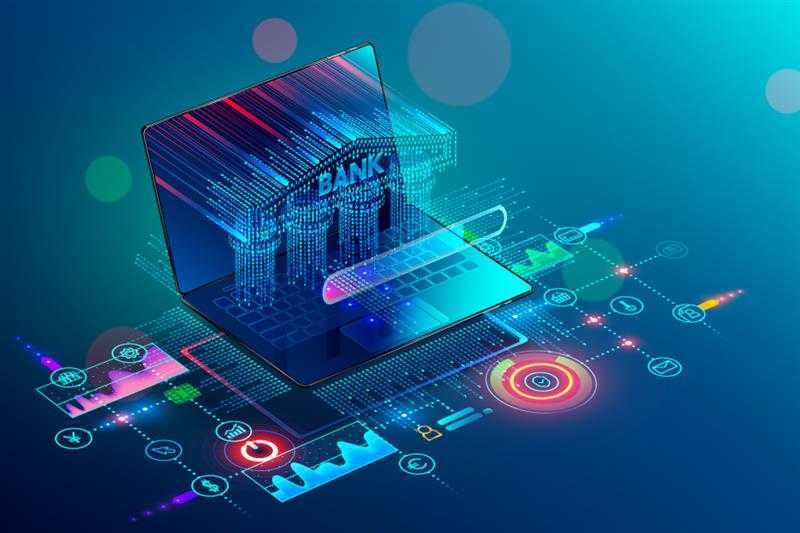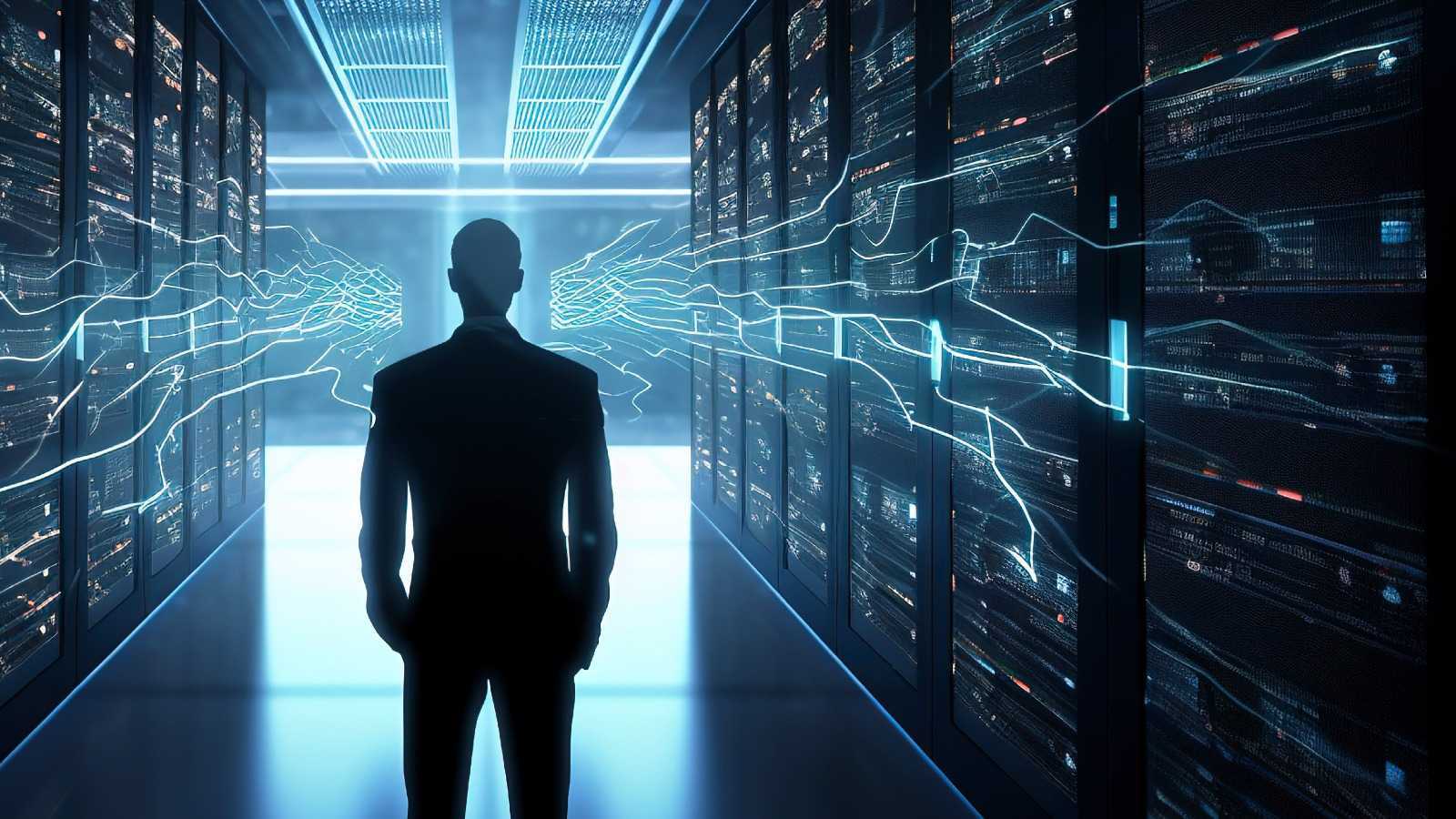A modern data center is the base requirement for smooth and sustainable business operations. It aims to enhance efficiency, expandability, and versatility to assist different services.

A modern data center is a fascinating place that appears nothing like the data center just ten years ago. However, the IT sector and the world generally are evolving at a rapid rate. Tasks that were thought to be unachievable only a few years ago are now routine in the modern data center. With this fast development, entrepreneurs have great potential to achieve financial success and for businesses to increase profits by exploiting innovative technologies significantly.
Although the number of device interconnections and data that IT must administer due to such devices is growing, finances in many businesses are not. Therefore, CIOs would need to discover effective methods to increase efficiency to thrive. In addition, the number of systems a company has demands sustainability, efficiency, and accessibility will continue to rise with time. A modern data center is a perfect solution to manage the growing amount of data and storage issues.
Creation of Modern Data Centers
A properly developed server virtualization storage infrastructure in a typical data center has always been costly and relatively complicated due to the problems of performance and capacity factors. However, due to denser processing units, lower-priced and bigger RAM configurations, the dropping cost of flash storage, and storage advancement, a server virtualization project is often accomplished today for a reduced cost, relatively, and much greater smoothness than before.
Modern data center design has progressed from on-premises infrastructure to combining on-premises equipment with cloud infrastructures in which networks, programs, and workflows are virtualized across many cloud services. Because all data center elements are not necessarily co-located and may only be available to one another over the public internet, this shift has affected how data centers are designed.
Design of A Modern Data Center
The basic design of a modern data center aims to enhance efficiency, expandability, and versatility to assist different services. In addition, it aims for a long duration of survival and security, high reliability, and ease of maintenance. The design of the modern data center must align with the business needs and goals of the solutions managed in the data center.
Today, the most frequent business design approach is multi-tier design. This design comprises the web, application, and database server tiers that run on various platforms such as blade servers, one rack unit (1RU) servers, and mainframes. The multi-tier model is based on a multi-layer network design that includes core, aggregation, and access layers.
Cloud computing is a new area of computer science and a popular trend in information technology. A computational ecosystem may outsource one party's computer needs to another party. Then, when the need arises to use computing power or resources such as databases or emails, they can access them over the internet. Cloud computing, in particular, shifts processing and data away from desktop and portable PCs and into huge data centers. Using a cloud computing design is also known as virtualization.
Architecture of A Modern Data Center
Every low-tier switch (leaf layer) in the two-tier Colos design is linked to one of the top-tier (spine layer) in a full-mesh configuration. The leaf layer comprises access switches that link to devices like servers. The spine layer is the network's core and is in charge of linking all leaf switches. Each leaf switch in the fabric is linked to every spine switch. The path is picked at random for the traffic burden to be dispersed equally across the top-tier switches. If one of the top-tier switches fails, it can only have a minor impact on overall data center operations.
If a link is oversubscribed (that is, if more traffic is generated than can be aggregated on the current link at one time), raising capacity is a simple operation. An extra spine switch could be built, and uplinks could be connected with every leaf switch, increasing interlayer bandwidth and decreasing oversubscription. If hardware port capacity creates a problem, a new leaf switch can be installed by linking it to each spine switch and configuring it. The simplicity of expansion streamlines the IT department's network scaling procedure. A non-blocking design is possible without oversubscription among the lower-tier switches and associated uplinks.
In a spine-and-leaf design, traffic must always traverse the same number of gadgets to reach another server regardless of which leaf switch a server is linked to. However, latency is kept to a manageable level since a payload has to hop between a spine switch and an additional leaf switch to arrive at the destination.
- Edge Data Center Architecture
An edge device is a piece of hardware that regulates data flow at the intersection of two networks. Cloud computing and the Internet of Things (IoT) have boosted the importance of edge devices, necessitating greater intelligence, computation, and artificial intelligence (AI) services at the edge network.
The devices, regardless of size, are outfitted with several types of sensors:
- Sensors that drive actuators.
- Sensors gather and transmit information through audio and video feeds.
- Sensors that communicate raw data that demands interpretation and quick action.
Unlike IoT devices, Edge devices cover a greater range of device kinds and functionalities. The data is analyzed at the device source via edge computing. Much of this connectivity is now made possible by the new 5G, or fifth generation, cellular network technology.
Edge data centers are smaller data centers positioned near the network's edge. They offer the same equipment as typical data centers but are compact, nearer to target users and devices. In addition, these devices may get cached material and cloud computing services from edge data centers.
A modern data center is the base requirement for smooth and sustainable business operations. The power of quick and reliable internet connectivity also enhances the overall business experience for companies and users.
Nxtra by Airtel, a subsidiary of Bharti Airtel Limited, offers
largest network of secure, scalable, and sustainable data centers
in India to leading enterprises, hyperscalers, start-ups, SMEs
and governments.
Follow us on :






_1724410758.jpg)
